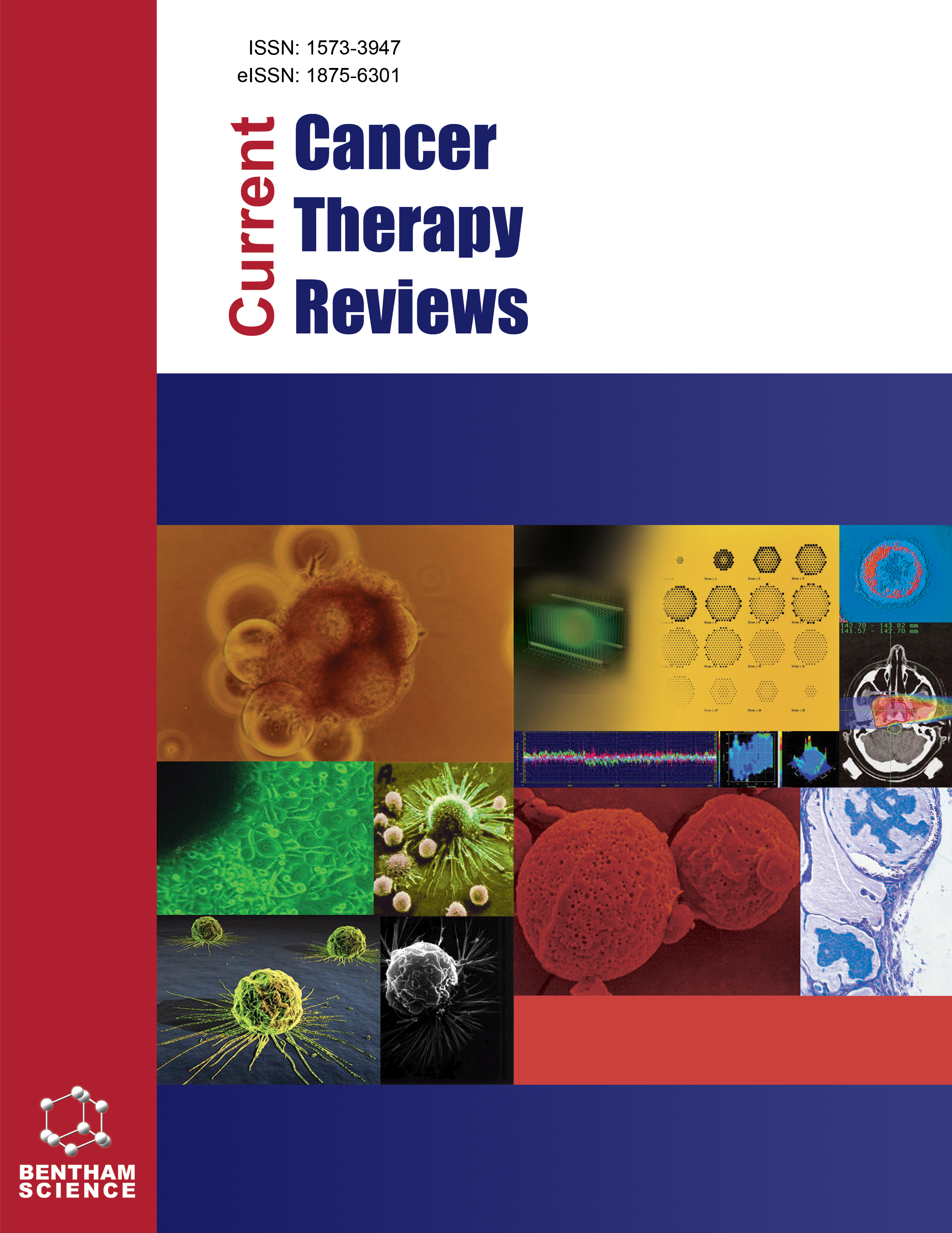
Full text loading...
We use cookies to track usage and preferences.I Understand

Globally, breast cancer is still a major health concern because of its complex epidemiology, a wide range of symptoms, and a multitude of causes It is mainly caused by the uncontrolled growth of breast tissue cells and a variety of factors influence breast cancer, including hormones, lifestyle decisions, genetic predispositions, and environmental exposures. Breast cancer is classified based on molecular subtypes and their location. Many current treatments, such as surgery, chemotherapy, radiation therapy, hormone therapy, and targeted therapies, are used to improve the health of patients. However, drug resistance and systemic toxicity may restrict therapeutic efficacy despite advancements in therapy. In pursuit of these unmet challenges, nanotechnology has been employed to serve as drug carriers, aiming to optimize therapeutic efficacy and minimize side effects. These nanoparticulate formulations can be customized for targeted delivery, resulting in accurate drug localization in tumor tissues while protecting healthy cells at the same time. Additionally, they regulate the release of the drug, prolonging its circulation duration and improving its bioavailability. This review addresses various approaches to nano-formulations, such as liposomes, polymeric nanoparticles, solid lipid nanoparticles, carbon nanotubes, dendrimers, polymeric micelles, gold nanoparticles, and quantum dots that can be utilized to overcome treatment obstacles and enhance drug distribution.

Article metrics loading...

Full text loading...
References


Data & Media loading...